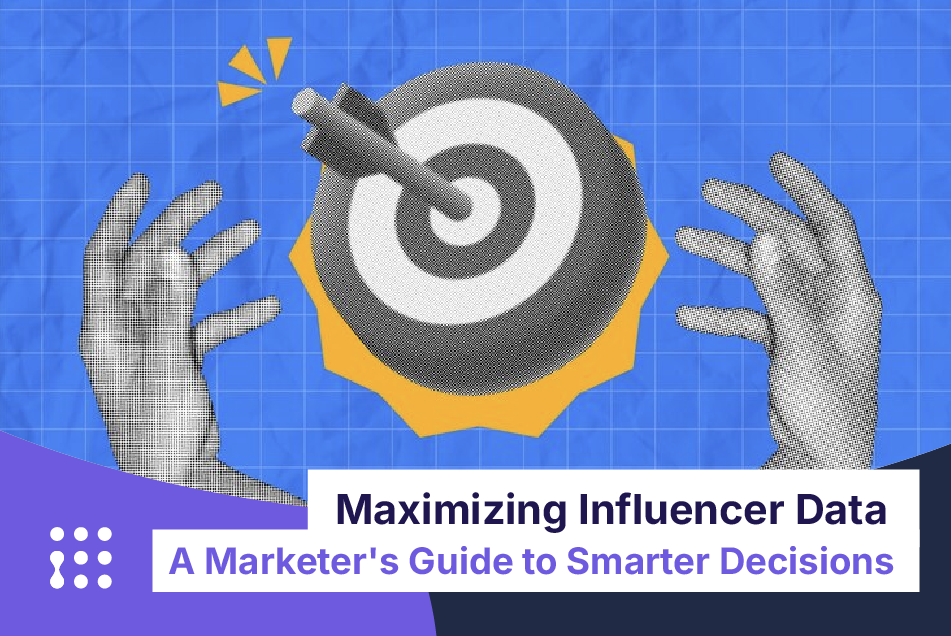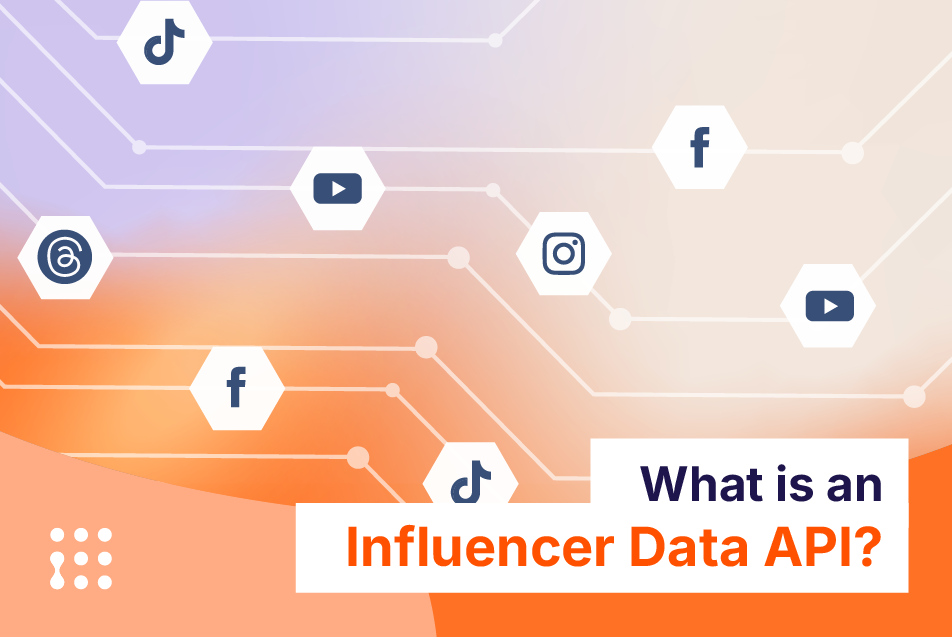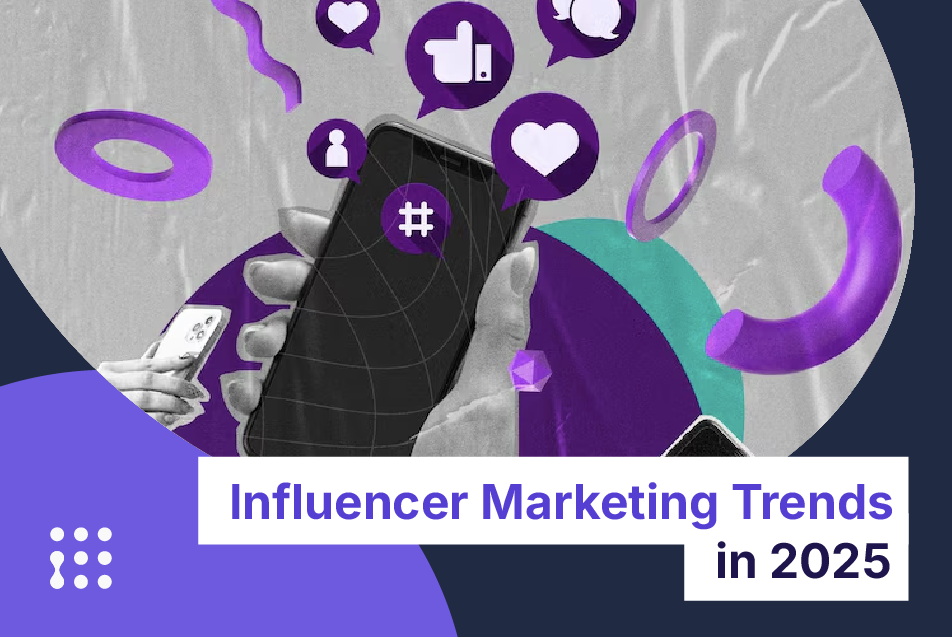We all get excited when our team scores or the athlete we cheer for breaks a new record. Sports have attracted crowds for centuries, and those who excel at them have been hailed as gods and generate enormous fame in their prime. Names like Pele, Muhammed Ali, and Joe Di Maggio are widely known decades after they last competed.
It’s clear that athletes have a dear space in the minds of many but do they have what it takes to be used for marketing campaigns? In other words, are they influencers?
In this article, we will go through the history of athletes and sponsorships, which goes way back. How athletes can be a great tool for marketers in general and why 2024 will be a great year to create collaboration and partnerships with athletes for your influencer marketing campaigns.
But let’s go with the order:
Are athletes influencers?
Yes, athletes are influencers.
For over two thousand years, we have celebrated the people who excel in physical disciplines. We admired them and kept them in great regard with stories, songs, and paintings dedicated to them.
In a sense athletes are the basis for influencer marketing as we know it today: in ancient Rome, it wasn’t uncommon for gladiators to be paid by local merchants to promote their products since they were widely known and popular figures their names attached to an olive oil seller or a winery would have driven sales, which is not very different from what athletes now do with sponsorship deals.
At the beginning of the last century, physical culture, later renamed bodybuilding, became a thing and was spearheaded by Eugen Sandow who not only performed in strongman shows, a popular form of entertainment at the time but started attaching his name to many products related to health and fitness.
With the introduction of television, sports events broke the geographical barriers they always had, and the people at the top of certain disciplines would gain worldwide fame and notoriety. During the Cold War sports became a by-proxy competition between the blocks and audience investment grew even further.

Athletes as primordial influencers
Starting in the 90s, athletes have been increasingly commonly employed in marketing campaigns. The face of this time is Michael Jordan, who held sponsorships by Nike, Gatorade, Hanes, and Coca-Cola; he is estimated to have earned as much as $2.4 billion from these endorsements.
Social media gives fans and sports aficionados even more capillary access to athletes at every level. Social media also allows many athletes to narrate their journey and cultivate their fame even before they are at the crest of a sport.
Recently, a US Supreme Court ruling went against the long-standing practice of the National Collegiate Athletic Association (NCAA) of forbidding its members from profiting off their name, image, and likeness. For marketers, this meant that the floodgates were open and college students could be part of marketing campaigns.
Do athletes make good influencers?
Athletes are great influencers. Not only do they have fans and followers who trust them and want to stay up to date with their content but compared to other “pure” influencers they have a clear journey they are going along. And having such an arc makes their story more compelling and relatable to many.
In many cases, the connection between an athlete and the product that he is sponsoring is more direct and evident than with a generic influencer. Combined with the fact that many athlete followers are likely to have similar links and interests, it makes athletes great for partnerships and collaborations.
If you’re wondering which athlete or influencer could be a perfect fit for your brand or product, we have a group of influencer marketing experts to help you out!
Why athletes should be on every marketer watch list in 2024
In 2024, Paris will host the XXXIII edition of the Summer Olympics. With up to 10,500 athletes participating in the event, and hundreds of millions of viewers worldwide, this is an incredible opportunity for brands to gain exposure and get their name out. While enormous conglomerates can take on official sponsorships for most brands, it is necessary to be ingenuous and find other ways to attach their image to the event.
Looking at the top 10 most-paid athletes in 2023 only Kylian Mbappé, Canelo Alvarez, and the golfers earned more from their salaries than their endorsements.
Figures like Roger Feder, Lionel Messi and LeBron James routinely partner with brands and endorse products.
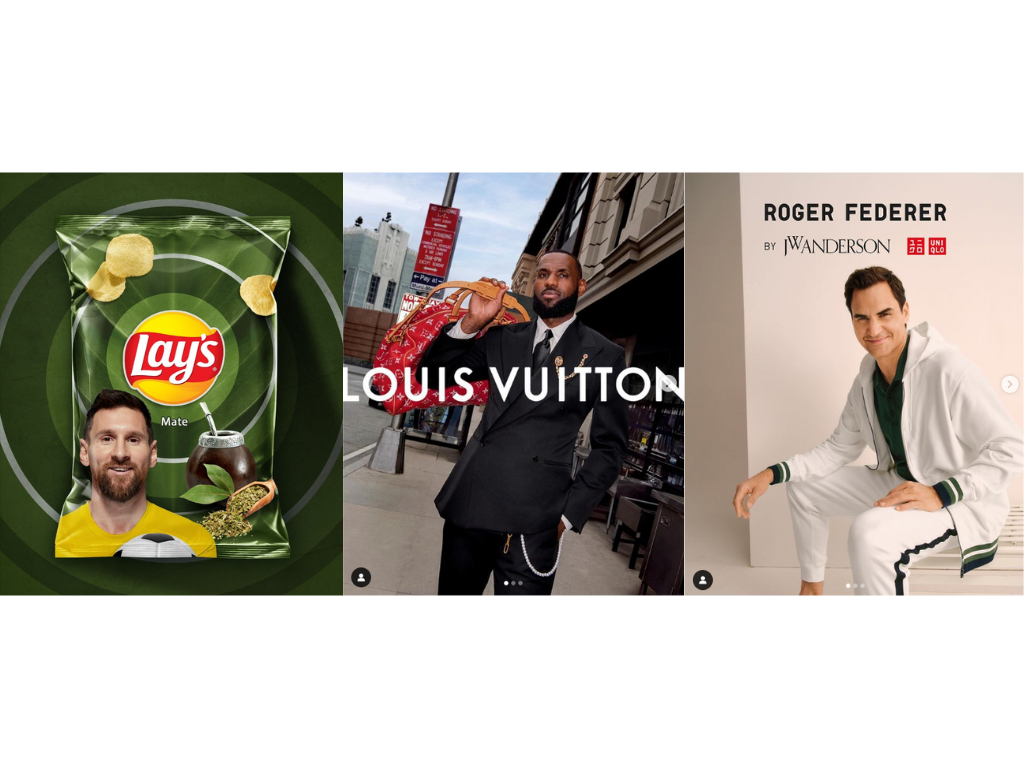
To be associated with these worldwide known names brands are often ready to dish out tens if not hundreds of millions at the time. But excluding large multi-billion dollar companies, this is not a feasible course of action for most.
The beauty of athletes and influencers is that you don’t need to sign a multi-million dollar deal to achieve an effective campaign.
As much as it may be tempting to collaborate with some of the big names, most brands are better off connecting with smaller athletes who are active and upcoming in the geographies they intend to expand into.
The Olympics will be a prime moment in which some more “guerrilla” style tactics may deliver disproportionate results.
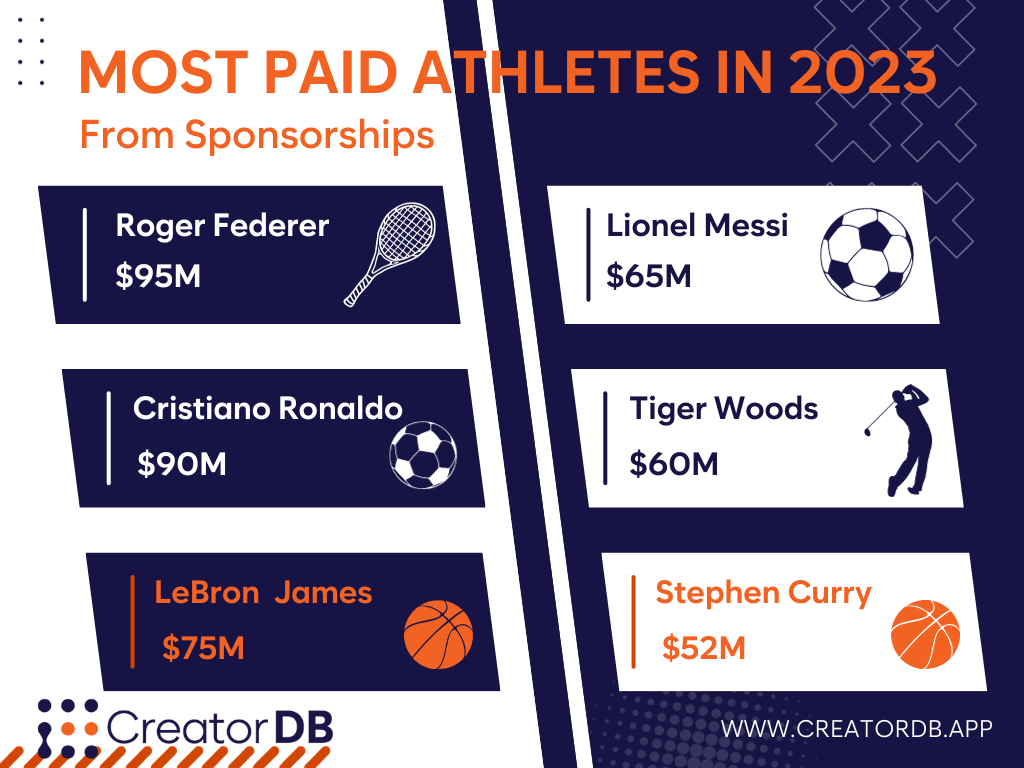
How to maximize your marketing with athletes in 2024
With all eyes on one large event like the 2024 Paris Olympics, there will be immense potential for lesser-known athletes to break through the mainstream and make a name for themselves in the public sphere.
While ordinarily attention is mostly relegated to a single sports event, the 2024 Olympics will gather 32 sports in more than 300 events and allow lesser-known sports to emerge and gain traction.
Concurrently we may see other figures emerge to public attention: non-participant athletes and other personalities providing coverage and commentary on the events.
But sticking to only athletes participating in the Olympics is the prime time to research them and individuate which ones will be in touch with the target audience and geographies you want to tap into.
Once these are identified, you can contact them and find which ones are willing to collaborate with your brand. You can find more niche sports and disciplines that fit your ICP and your wallet.
Once the selection has been done and you identified who is willing to work with your brand, you can start to roll out the campaign. While big brands will have their logo plastered on every backdrop and product placed on the tables during press conferences, you will have access to a more intimate and personal space. The athletes feed.
During the Olympics, many relatively unknown athletes will be catapulted to stardom and they will gain a great amount of exposure. After seeing them competing people will be wondering about them, searching them on Google and following them on social media, where you will be ready to meet them.
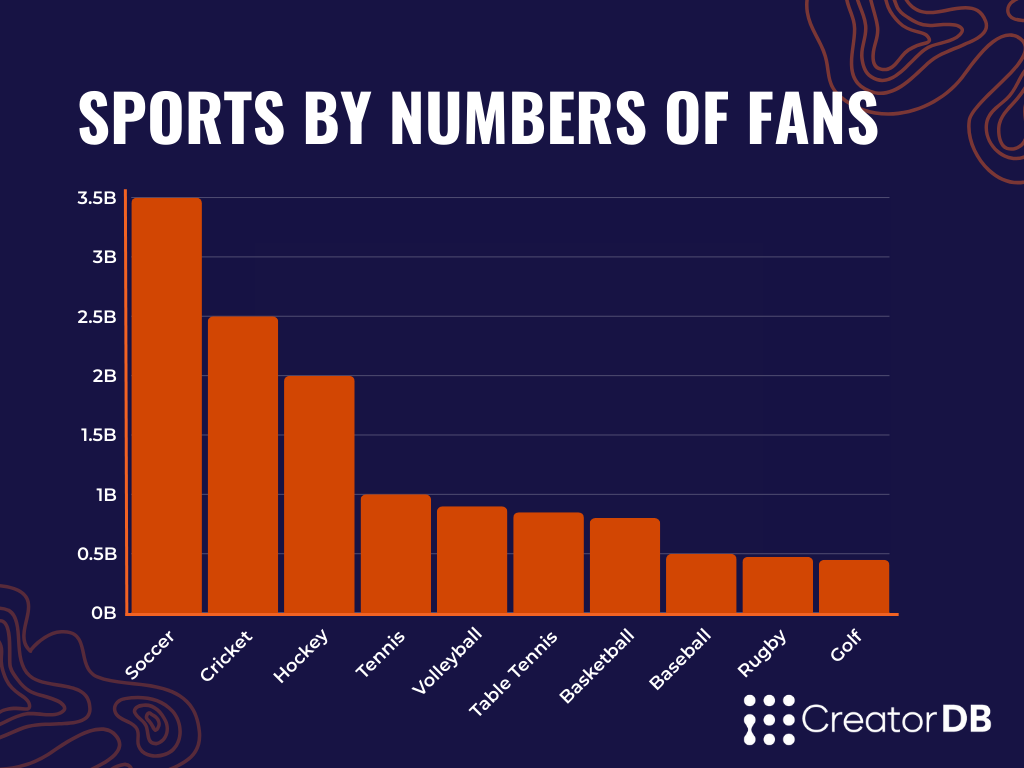
Thinking long term
But athletes are not only a good investment in the time of the Olympics.
As I have described above, the connection between sports and marketing has existed long ago; it will continue for as long as sports will draw in crowds of adoring fans.
Investing in young promising athletes is great for many companies that want to start or expand their influencer marketing: they are authentic, they have a story to tell, their life empowers the audience, and they can be much more cost-effective than other influencers.
Companies like Nike have successfully established early partnerships with upcoming athletes to see them boom to worldwide celebrities like Michael Jordan and Cristiano Ronaldo.
While picking such an extreme level of success early on may require more luck than anything else brands can still find success and good returns from collaborating with athletes in the regional circuit.
FAQs
1. How do athletes navigate the balance between their sports careers and their roles as influencers without compromising their athletic performance or personal brand?
Athletes carefully schedule their training and influencer activities, ensuring their sports performance remains their top priority while also maintaining a genuine and relatable personal brand online.
2. What are the long-term impacts on an athlete’s career after they engage in influencer marketing, especially after their competitive career ends?
Engaging in influencer marketing can extend an athlete’s career visibility and provide financial opportunities beyond their competitive years, aiding in a smoother transition to post-sports endeavors.
3. How do regulations around athlete endorsements vary internationally, especially with events like the Olympics that involve participants from many different countries with diverse rules?
The rules for athlete endorsements are diverse across countries, requiring athletes to adapt to different legal landscapes, especially during international competitions like the Olympics, where multiple national regulations might apply.
If you’re interested in knowing more about influencer regulations in different countries and regions, here we have prepared an E-book for you!


